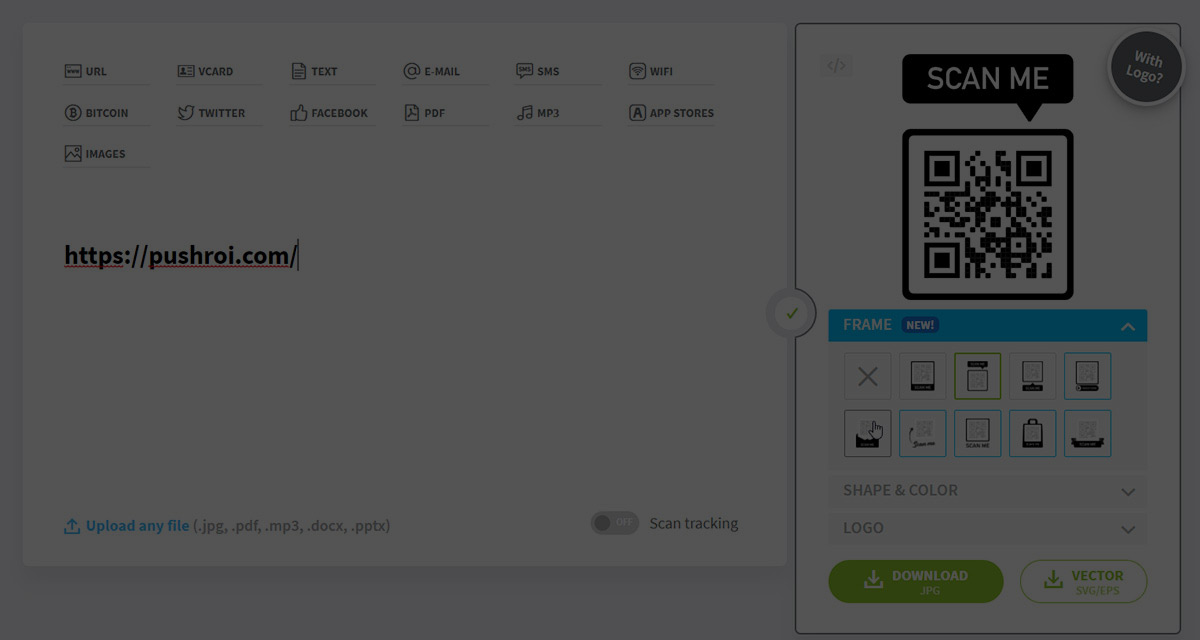From 2012-2016, I mocked QR codes because they were rarely useful and mostly pointless, at least the way most people saw them. I’d worked with a few barcode scanner/inventory control companies and won’t say QR codes are without utility (I know 2d barcodes and QR codes are different technologies, but still). However, in 2012, when I noticed people putting QR codes on business cards, inside PowerPoints, on billboards, and even in TV commercials, it was almost always for no reason.
QR codes got used as a cool tech thing; technology for the sake of tech. QR codes didn’t solve a problem most of the time, and in fact, often couldn’t be used… At least I hope very few people used the QR codes on billboards.
In 2012, I laughed as ad agencies found excuses to use QR codes (it was clout chasing, to show how forward the brand was). The prevalence of QR codes for a handful of years came because marketers pushed a cool new thing, not from consumer desire. Most people didn’t use QR codes once, and very few used the codes three or more times.
Keep in mind, in 2012, less than 50% of U.S. adults owned a smartphone, and those who did had to install an app to scan a QR code. Now, QR codes have come into their own, and while sticking a code on a billboard or in broadcast TV is dumb, most smartphones can open a QR code without an app. And with a global pandemic, QR codes have found a place in restaurants.
Last week I sat down at a restaurant. On the table, they had a laminated sheet of paper with a QR code. I didn’t have to touch the paper, and by scanning the QR code, I got the mobile menu. It was easy and painless and offered a utility that couldn’t be easily duplicated without the QR code.
Short URLs like those from bit.ly are easy to mistype. And even in large chain restaurants, menus vary between locations. While dinner.com is relatively easy to type into a phone, dinner.com/northdallas isn’t so easy. Typing either is more effort than scanning a QR code, and most restaurants have URLs that are far longer than a six-character dotcom.
The QR codes offer some non-pandemic advantages for restaurants, like not having to reprint menus when seasonal items change. And in an article for The Counter, Jonah Miller makes a great case for why digital menus may stick around long past Covid19.
Obviously, some friction exists with virtual menus, and always will… besides the fact that people like paper. Even in 2020, not everyone has a smartphone; the internet doesn’t work 100% of the time, batteries die, screens get smashed, cameras break.
But for now, QR codes have a utility outside of inventory management. I suspect that for most consumers, at least right now, the QR codes are a smooth experience.
Mason Pelt is the founder of Push ROI. First published in PushROI.com on October 26, 2020.




